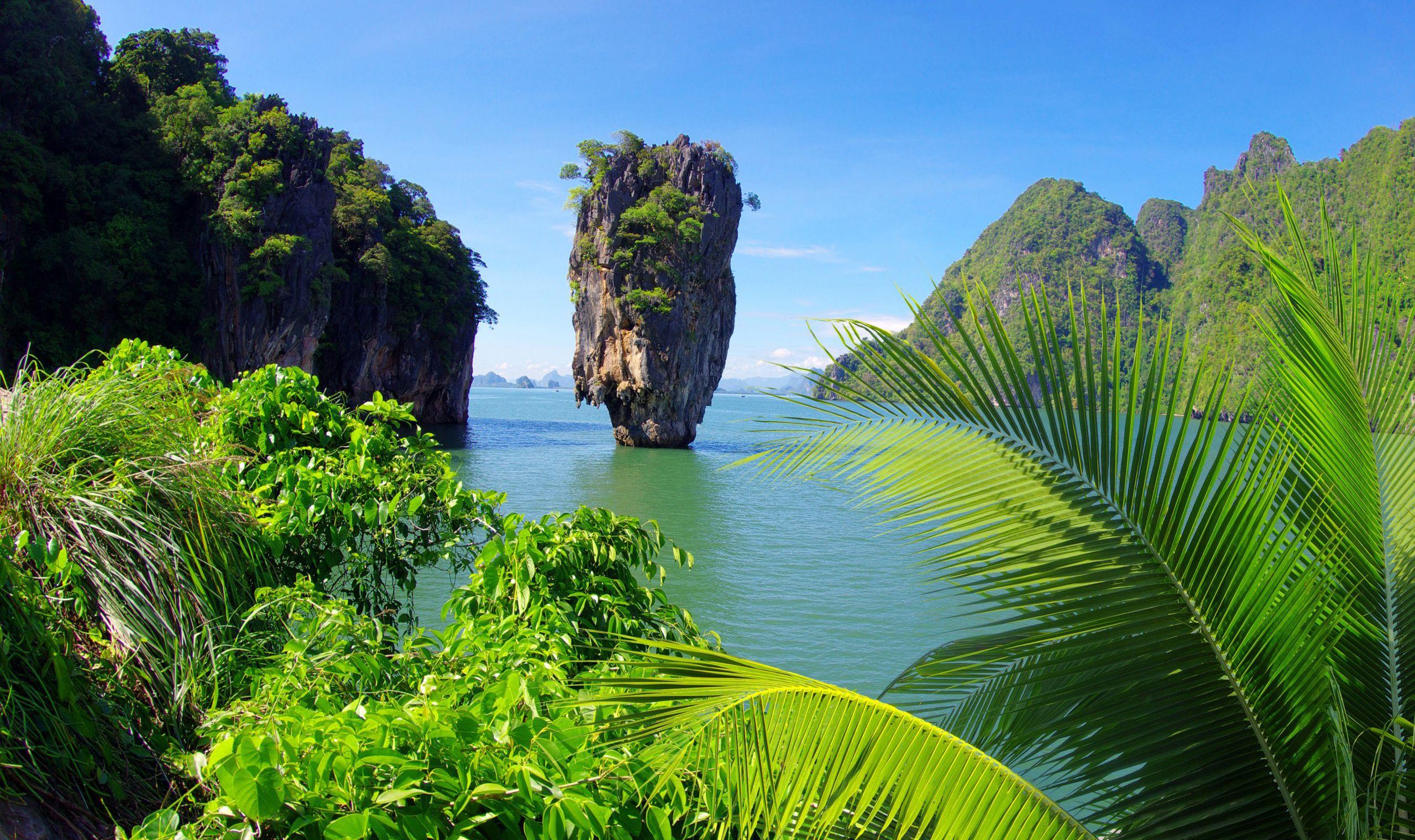Mexico, a nation characterized by its rich tapestry of culture, history, and natural beauty, offers a plethora of intriguing facts that often go unnoticed. This vibrant country, spanning the southern part of North America, is not merely a tourist destination but a land steeped in tradition and diversity. Here are five interesting facts about Mexico that everyone should learn:
1. Ancient Civilizations and Their Legacy
Before the arrival of Spanish conquistadors in the 16th century, Mexico was home to some of the most advanced civilizations in history. The Aztecs and Mayans, among others, constructed sprawling cities, developed intricate calendar systems, and made significant advancements in mathematics and astronomy. Chichen Itza, a UNESCO World Heritage site, exemplifies this rich heritage, boasting the iconic pyramid of El Castillo that reflects advanced understanding of celestial events.
Moreover, the intricate artistry seen in their architecture and artifacts showcases a cultural emphasis on aesthetics and spirituality. The Mesoamerican ballgame, originating from these civilizations, remains an integral part of Mexican culture, emphasizing the significant role of sport and ritual in daily life. Learning about these ancient peoples provides deep insight into Mexico’s historical foundations, which continue to influence the nation today.
2. Mexico’s Biodiversity
Mexico ranks as one of the world’s most biodiverse countries, a veritable treasure trove of flora and fauna. It is home to over 200,000 species of plants and animals, with numerous endemic species that can be found nowhere else on Earth. The diversity is largely attributed to the country’s varied climates and geographical features, ranging from arid deserts to lush rainforests.
In fact, Mexico boasts about 10-12% of the world’s biodiversity, with habitats that include mountainous regions, coastal areas, and tropical zones. Natural wonders such as the Monarch Butterfly Biosphere Reserve, where millions of butterflies migrate, showcase the ecological significance of Mexico. This rich biodiversity not only enhances the global ecological landscape but also supports local economies through ecotourism, allowing visitors to witness firsthand the myriad species that inhabit this breathtaking land.
3. Culinary Contributions
Mexican cuisine is one of the most beloved culinary traditions worldwide, characterized by its vibrant flavors and diverse ingredients. Recognized by UNESCO as an Intangible Cultural Heritage of Humanity, traditional Mexican cooking incorporates a wide range of indigenous ingredients, such as maize, beans, and chili peppers, which form the cornerstone of countless traditional dishes.
From the zesty notes of cilantro and lime to the comforting warmth of spices, Mexican food is a sensory delight. Iconic dishes like tacos, mole, and tamales not only tantalize taste buds but also tell stories of regional history and social customs. The art of making tortillas, a staple of the Mexican diet, is a skill passed down through generations, illustrating the profound connection between culinary practices and cultural identity. The global appreciation for Mexican cuisine continues to grow, making it an essential facet of the nation’s cultural export.
4. The Day of the Dead: A Celebration of Life
In Mexico, death is not a somber subject but rather an event to be celebrated. The Day of the Dead (Día de los Muertos) is a vibrant holiday rooted in indigenous traditions and Catholicism, celebrated on November 1st and 2nd each year. During this time, families pay homage to their deceased loved ones, creating elaborate altars (ofrendas) adorned with photographs, favorite foods, and marigolds, which symbolize the fleeting nature of life.
The colorful and joyous atmosphere of this celebration stands in stark contrast to conventional somber mourning practices found in many cultures. The parades, music, and dancing associated with Día de los Muertos highlight the belief that death is a continuation of life, and honoring ancestors is a way to maintain connections across generations. Such traditions exemplify Mexico’s unique approach to life and death, instilling values of remembrance, gratitude, and love.
5. The Rich Tapestry of Languages
While Spanish is the predominant language spoken in Mexico, the nation is also home to a remarkable array of indigenous languages. Over 65 different indigenous languages are spoken by various communities throughout the country. Languages such as Nahuatl, Maya, and Zapotec are among those that have survived centuries of colonial influence, playing a crucial role in preserving cultural identities.
This linguistic diversity mirrors Mexico’s multifaceted society, where indigenous traditions are woven seamlessly into the fabric of everyday life. Efforts to promote and revitalize these languages are ongoing, as many communities recognize the importance of safeguarding their linguistic heritage for future generations. Language learning initiatives and cultural programs often aim to bridge the gap between modernity and tradition, ensuring that these rich linguistic heritages continue to flourish.
In conclusion, Mexico stands as a nation of incredible complexities and fascinating stories. From its ancient civilizations and staggering biodiversity to its culinary influences and vibrant celebrations, the layers of Mexican culture paint a vivid picture that deserves recognition. By learning these interesting facts about Mexico, one gains a deeper appreciation for the richness that this country has to offer. Embracing this knowledge not only broadens one’s understanding of Mexico but also fosters a greater connection to its diverse heritage and traditions.










